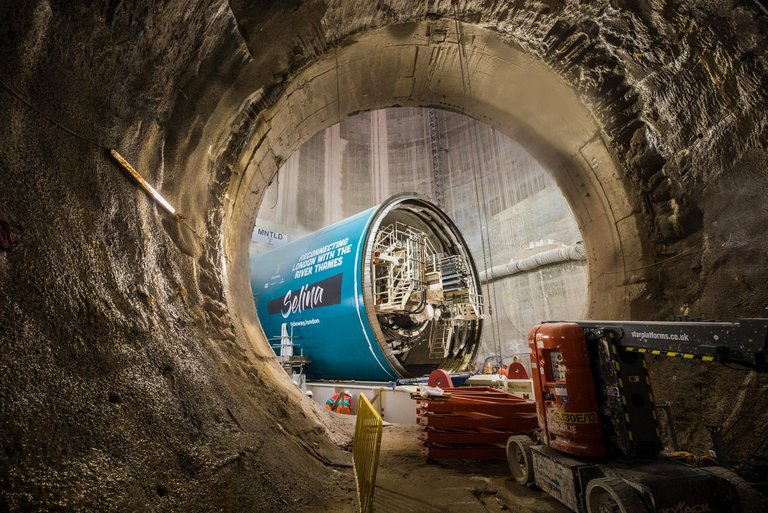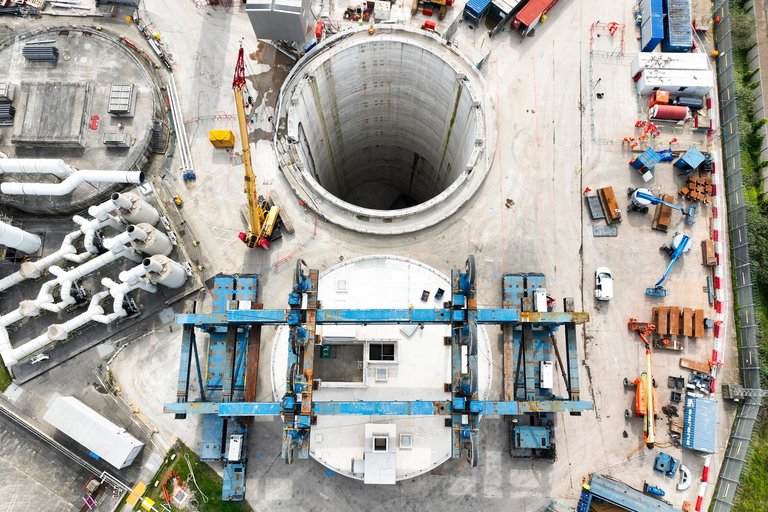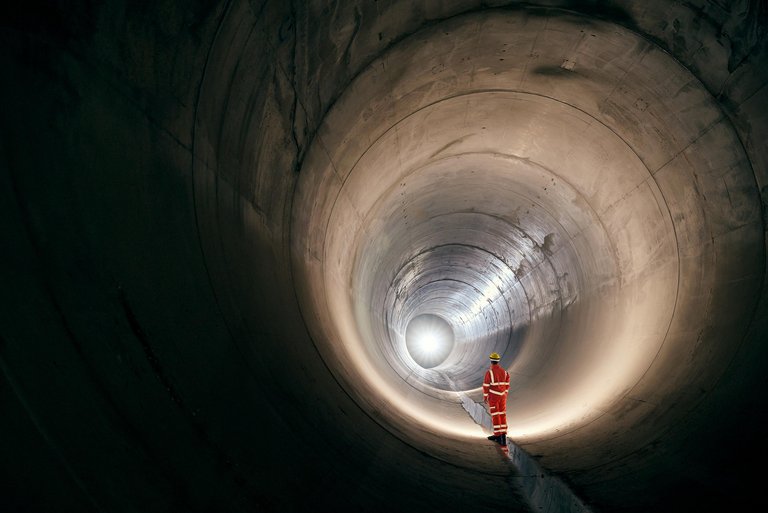
Europe’s largest water infrastructure project
The astonishing upgrade of London’s 150-year-old sewer system is almost complete. A new, award-winning tunneling system will capture and divert the overflows of wastewater away from the Thames for the benefit of the river and life in and around it. With its groundbreaking solutions, Sika was involved from the beginning and became one of the project’s key suppliers.
The population of London has more than doubled since the construction of the original sewer system – and it shows. Overflows of the already burdened sewers have become even more common in heavy rain and extreme weather. Tons of untreated sewage end up in the Thames every year, with dire consequences for water quality and wildlife.
Thames Tideway Tunnel
London’s 150-year-old sewer system was built for a population half its current size.
Because of this, 40 MILLION TONS of untreated sewage entered the river every year.
The city’s first sewer system was created in response to the “Great Stink” of 1858, when the river posed a major public health challenge.
The system began operating in 1860. By 1920 it was at capacity due to population growth, which has since doubled.
The Thames Tideway Tunnel will help to remedy the problem by both modernizing and future-proofing the city’s critical infrastructure. Sarah Langley, Head of Infrastructure, Sika UK, delves into the scale, challenges, and implications of this massive endeavor.
HOW BIG IS THE THAMES TIDEWAY TUNNEL?
The tunnel is often referred as the city’s “super sewer” with good reason. It is 25 kilometers long, running east to west, and located mainly under the riverbed. The tunnel is also 7.2 kilometers wide and, depending on the location, up to 67 meters deep in the ground. The structure is divided into three sections – West, Central, and East – that are managed by three separate joint ventures, each made up of different groups of main contractors. All 21 of the tunnel’s sites, where the system’s giant gates are located, are expected to come online by the middle of 2025.
Because the tunnel was recently connected to the 6.9-kilometer Lee Tunnel in East London, the combined capacity now totals 1.6 million cubic meters, the equivalent of 640 Olympic-size swimming pools. Physical dimensions aside, the total cost of the Thames Tideway Tunnel project is estimated at CHF 5.6 billion. The project represents over eight years of work. Tideway, the company delivering the tunnel, reports that almost 25,000 people have been involved, working over 40 million hours since it all began!
Thames Tideway tunnel route
The city’s new “Super Sewer” is 25 kilometers long.
New capacity
The tunnel has been designed to handle 1.6 million cubic meters of sewage per year, the equivalent of 640 Olympic-size swimming pools.
Life span
The Thames Tideway Tunnel “super sewer” has been built to last for at least 120 years.
Tunnel size
7.2 m wide = width of three London double-decker buses
Comparison
The Big Pipe Project in Portland and the tunnel built to clean the Seine for the 2024 Olympic Games are comparable sewage systems – both smaller in terms of diameter and length.
WHAT WILL THE TUNNEL DO FOR LONDON?
In simple terms, the tunnel will drastically reduce the frequency of sewage overflows in London caused by extreme weather events and population growth. As these overflows contain harmful bacteria and pollutants, the tunnel will help to significantly improve the quality of the water. This, in turn, will restore the river’s ecological balance, creating a healthier habitat for fish, plants, and other aquatic life, and fostering greater biodiversity.
We also know that a healthier river will help to minimize pollution-related respiratory and waterborne illnesses. For those who like to kayak or walk and cycle by the riverside, this is important. And with cleaner water flowing from the river, this will also have a positive impact on the outlying wetlands, estuaries, and even the North Sea.
“The tunnel will help to improve the quality of the water, creating a healthier habitat for fish, plants, and other aquatic life.”
Head of Infrastructure, Sika UK
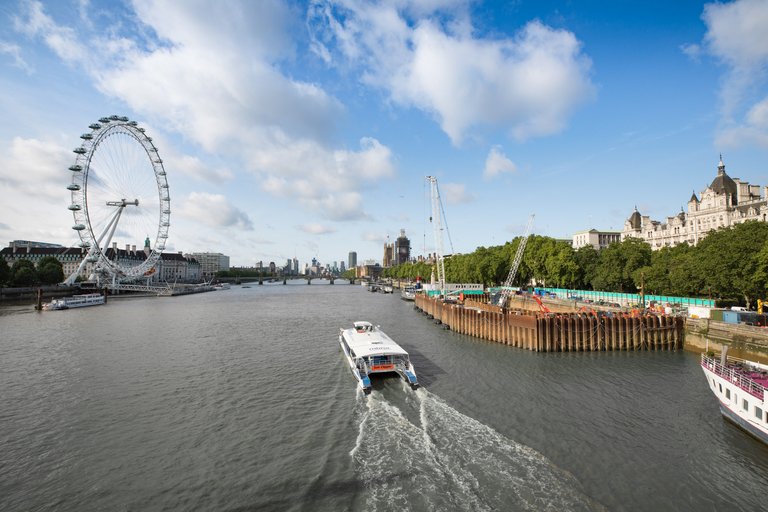
Before the project, 57 combined sewer overflows (CSOs) – which are normally considered relief measures during heavy rain – were identified as significant contributors to pollution in the Thames. The Thames Tideway Tunnel has been designed to intercept 34 of the most polluting CSOs, which account for approximately 90% of the sewage pollution that enters the river during heavy rainfall. The remaining CSOs, which were found to have minimal environmental impact, can be managed through alternative mitigation measures. Once the tunnel is operational, it’s expected to dramatically reduce the volume of untreated sewage from being discharged into the Thames every year. This will do wonders to improve water quality and reduce harm to aquatic life.
Old & new connected
Seamless connection between existing water infrastructure and new tunneling system
Innovative mechanism
Overflows enter the tunnel in high-flow periods
The solution
The Thames Tideway Tunnel captures, stores, and diverts almost all of the raw sewage and rainwater.
-95%
reduction of sewage pollution into the Thames compared to before.
Built for a growing capital city
The Tideway Tunnel has been designed for a population expected to double by 2160.
It’s also worth mentioning that by addressing a decades-old sewage issue, London has demonstrated its commitment to environmental responsibility and sustainable urban development. The tunnel may well act as a blueprint for other cities that need to update their water infrastructure while tackling pollution.
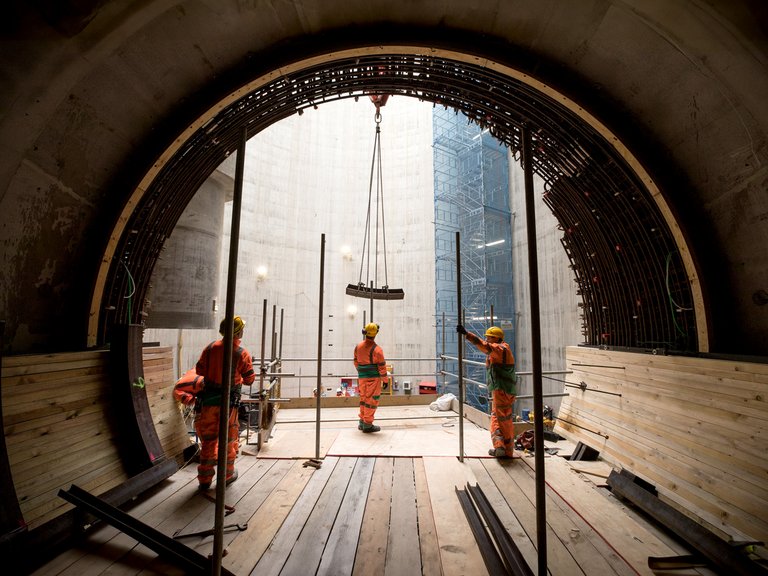
WHEN DID SIKA GET INVOLVED?
Sika has been involved since the start, when the planning and initial works kicked off in 2014. The tunneling phase followed, from 2018 until 2022. Now we are nearing the end of the final works phase. At first, we were focused on tunnel waterproofing and concrete production, in particular crack control and early strength. We also found a solution to improve the pumpability of the concrete used in the precast tunnel segments. Part of the challenge stemmed from the complexity of joining the existing infrastructure to the new state-of-the-art structures.
“Part of the challenge stemmed from the complexity of joining the existing infrastructure to the new state-of-the-art structures.”
Head of Infrastructure, Sika UK
We also got involved in the different stages of the tender. There were several joint ventures tendering for each one of the tunnel’s three sections. This meant that we had a lot of contact with the joint ventures designers as well. I do think that our early involvement in the design and construction process for Tideway East – the tunnel’s deepest, most challenging section – helped us later emerge as one of the key suppliers.
WHAT HAVE BEEN THE MAIN PROJECT CHALLENGES?
It should come as no surprise that with a project of this scale, the challenges are considerable. For the customer, construction involved excavation and the installation of a 25-km tunnel beneath London’s dense urban landscape – which meant navigating around the existing infrastructure, including the London Underground and utilities. As for Sika, we had to tackle unique challenges as well:
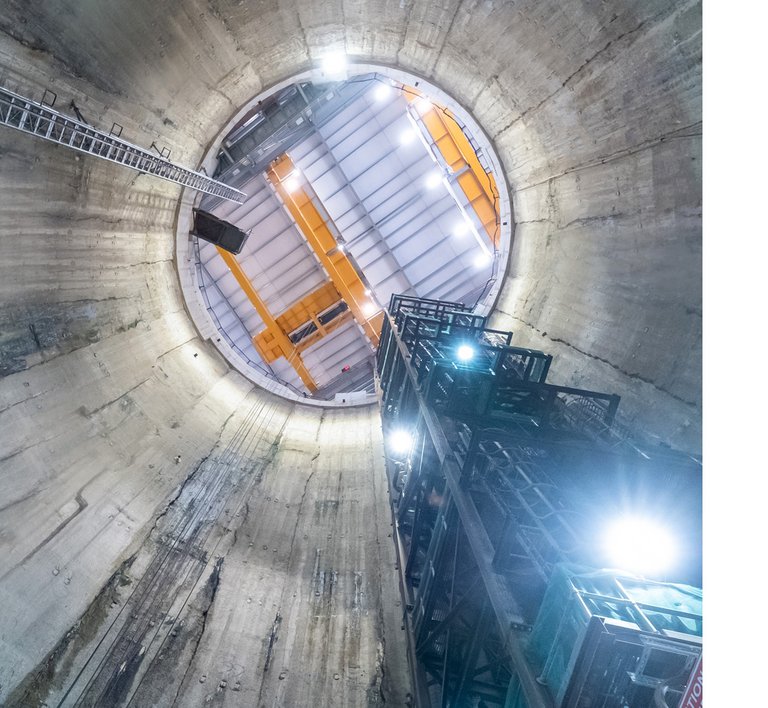
Concrete production and waterproofing
Two aspects proved especially challenging: optimizing the concrete mixes for precast segments and joining the aging infrastructure to the new state-of-the-art structures. Depth-related issues, including movement and high water pressure, also played a role. Some work took place 70 m below ground, where the range of movement between structures was up to 50 mm. Sika UK teams were heavily involved in early discussions and proactive when it came to proposing effective solutions.
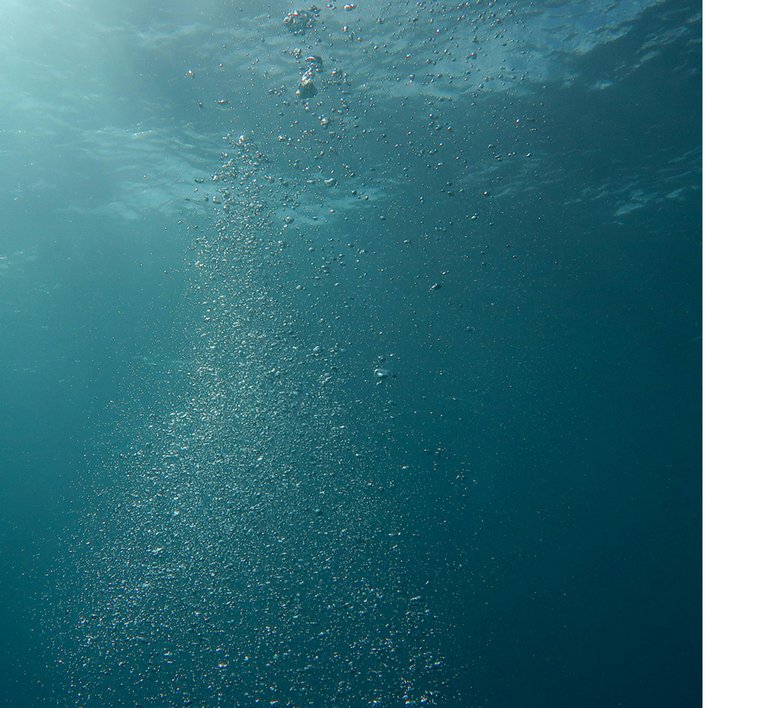
Tides, weather, and environmental factors
As the Thames is tidal, Sika needed to work with the site teams to install products within the tidal window. In one case, waterbars had to be pre-formed into the exact shapes and then installed before the tide rose again. Seasonal fluctuations also affected the water pressure on membranes and segments both inside and outside the tunnel. Construction was at times complicated by heavy rainfall and fluctuating river conditions, which made river-based construction activity more difficult. Extreme weather events also called for adaptive responses to maintain worker safety and project timelines.
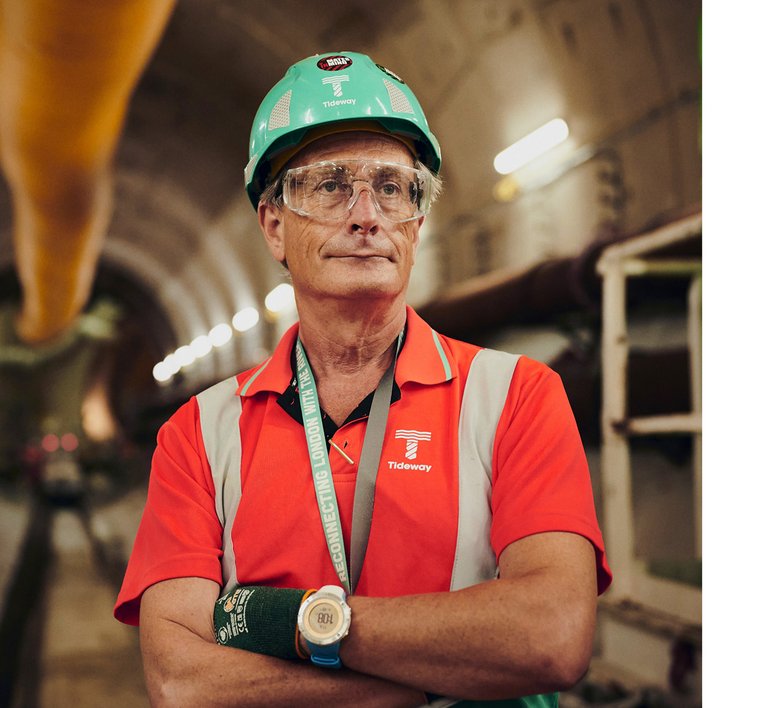
Health and safety
Given the large-scale, high-risk nature of tunneling deep underground, safety was of paramount concern. Maintaining strict health and safety protocols, especially during the pandemic, sometimes created additional challenges in staffing, site management, and logistics. But keeping the project on track without any compromise to safety was always the priority. Sika also had personnel visiting the sites complete the customer’s excellent Employer’s Project Induction Centre (EPIC) as a way of ensuring safety on site.
In the end, we were able to manage these challenges successfully because of our strong customer and partner relationships, technical site assistance, and the expertise and dedication of our people.
HOW HAS SIKA CONTRIBUTED?
We first focused on waterproofing and concrete, but not for long. Our contributions ended up covering every Sika core technology. This meant: precast and sprayed concrete admixtures, steel and synthetic fibers, and release agents for the precast concrete tunnel segments. We also provided membranes for waterproofing the caverns, shafts, and cross passages, as well as waterbars for construction and movement joints.
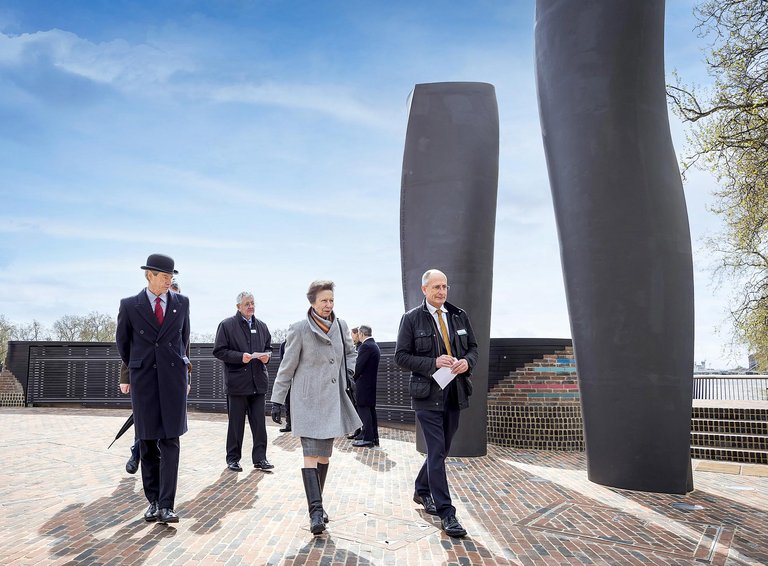
This degree of involvement was not planned, but opportunities arose as the project moved forward, one section at a time. For example, we found that there were ground stabilization issues, which called for pre-grouting with microfine concrete solutions. And with the different joint ventures, we started getting involved with the superstructures, not just the substructures. So this went from being a tunneling job with a number of shafts to being an all-encompassing case study in building resilient urban infrastructure.
Throughout the project, we had to deliver solutions with the 120-year design life in mind. As our products also needed to be resistant to the sewage as well as the chemicals often found within it, we had to provide especially durable concrete mixes and waterbars. But above and beyond our products, Tideway really appreciated our attention to detail and technical site assistance, whenever and wherever needed. I think it’s just part of the Sika culture to ask how else we can help when challenges arise. We were also really engaged from the start. After I asked to go through the internal Tideway induction course – to really understand their safety culture – I was no longer seen as just a visitor.
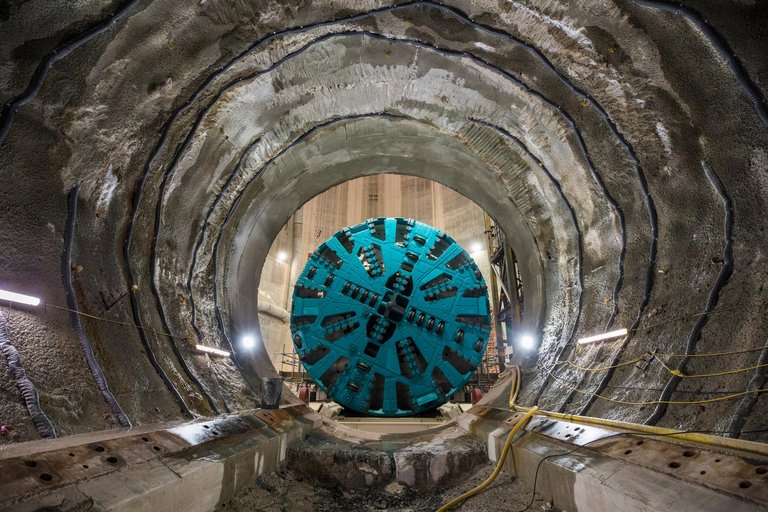
WHAT IS THE PROJECT STATUS?
The Thames Tideway Tunnel has already started protecting the river from sewage pollution. During recent heavy rainfall, the tunnel captured nearly 600,000 cubic meters of sewage. The whole system is undergoing final testing and set to be fully operational in 2025. And above ground, final work continues on some of the lovely public spaces that have been created to accommodate the infrastructure. In the meantime, the project just picked up this year’s top prize at the ITA Tunnelling Awards, which is a great honor and a testament to this achievement.
WHAT IS YOUR HOPE FOR THE PROJECT?
When the Thames Tideway Tunnel becomes fully operational in 2025, I hope that we start feeling the positive impact on the city sooner rather than later. I also hope it will make a strong case for investing in innovative pollution-control infrastructure elsewhere. Many cities are looking to update their sewer systems as the population grows. The success of this project could push other cities to pursue large-scale public-private projects to solve daunting urban and environmental challenges.
The fact is, innovation is vital when building or updating water infrastructure for the future. Sika teams are also using advanced tunneling and real-time water flow management for the 10-kilometer Dubai Deep Tunnel to address similar sewage overflows. And over in Texas, Sika’s contributions to the refurbishment of an earthquake-damaged reservoir have helped reduce construction waste and save carbon emissions. My hope is that all of these projects will inspire people to think big and take action.

